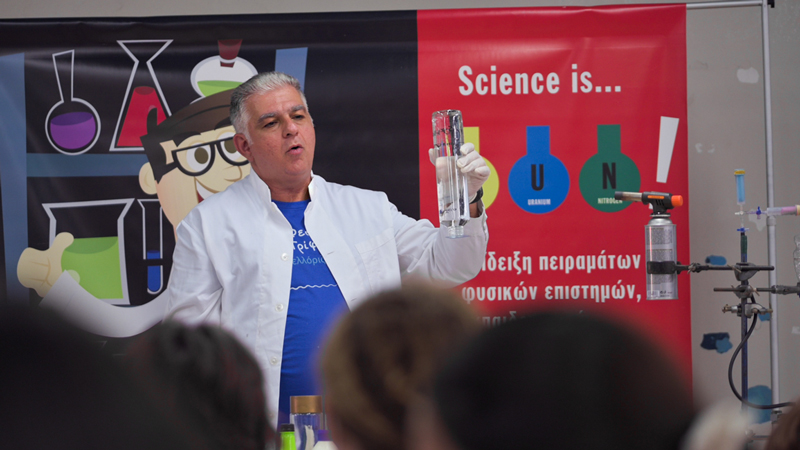
The properties of metals and their daily use
One of the most important categories of material bodies around us are the metals. They were mainly used in industry, strengthening the economic as well as military power of the people. Their splendour, however, also touched the artistic sensitivity of man (coins, jewellery, statues, etc.). Their creation and use, therefore, is positive, but some results are negative.
Great milestones for this development were the discovery and use by man of fire, wheel and metals.
The properties of metals and their daily use have understandably raised many wonders and questions. Let’s look at a few:
- What are the characteristic features with which we can describe and distinguish METALS from other materials?
- Do MUTATIONS participate in changes – phenomena that are accompanied by the formation of new substances?
- What are alloys? Why does man resort to mixing metals?
- What is the reason for the great growth of industry and technology?
But we in turn and through experimental observations and clever experiments and demonstrations will prove:
- How do metals, in a leading role, react with nonmetal elements?
- How through hyper-bright burning we make cooking salt and demonstrate the forerunner of photographic flash.
- What is pyrochemical detection of metals and where is it used?
- Can we have “Gold and Silver … with a little Alchemy”?
- Why do copper and its alloys continue to be chosen in the manufacture of coins?
- Why are the one, two and five cent coins made of steel, but they are overlaid by a thin layer of copper?
- Why are solutions of acids not stored in metal containers, but glass or plastic are preferred?
- How can we silver or gold an aluminium ring?
- Why in the old days, before stainless steel utensils were discovered, cooking utensils were made of copper and not of iron?
- Why shouldn’t we keep or prepare food in copper containers if it wasn’t well tinned?
For students (9-16 years old), teachers and wide audience
A few words about Science is Fun…
“Science is Fun”presents the natural sciences through a series of attractive and impressive experiments. Using as a tool the representation, interpretation and analysis of simple natural phenomena, we aim to attract the love, interest, curiosity and critical ability of children for the world of natural sciences. And it does this as it is based on: research, observation and experiment.
Children always ask how and why. And there is no better and more fun way to approach and understand science than demonstration experiments!
Dimitris Koniditsiotisis the initiator and founder of Science is Fun(2010), a way of communicating Science, aiming at:
• To highlight the relationship of Natural Sciences with our daily life,
• To introduce students and the general public to the beauty and imagination of scientific thought,
• To stimulate their interest in science, technology and innovation.
• To attract young people to natural sciences through different teaching methods,
• To prove that some amazing scientific experiments can – through experiential learning – be done with simple everyday materials that are around us.
How:
• Using the world of everyday life as an object and tool of teaching,
• By participating in science events and festivals,
• By designing and presenting educational programs – in a simple and understandable way – which are addressed mainly to students and teachers of secondary education, but also to the wider public.
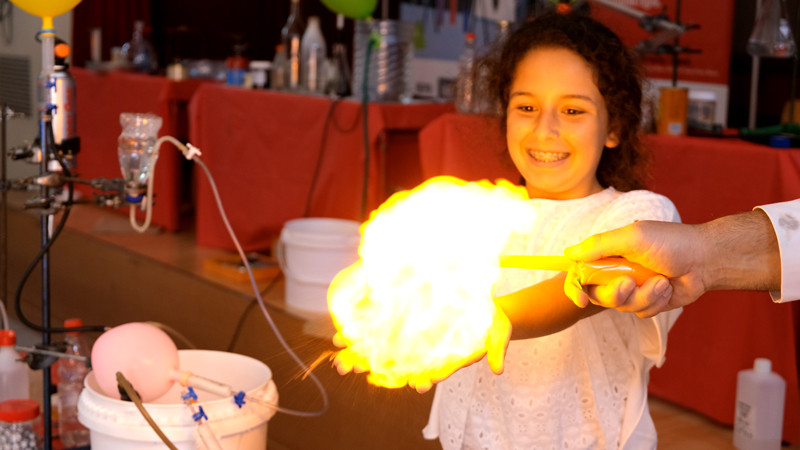
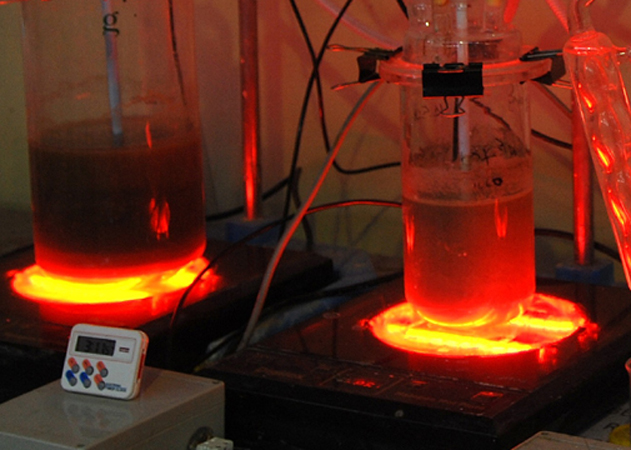



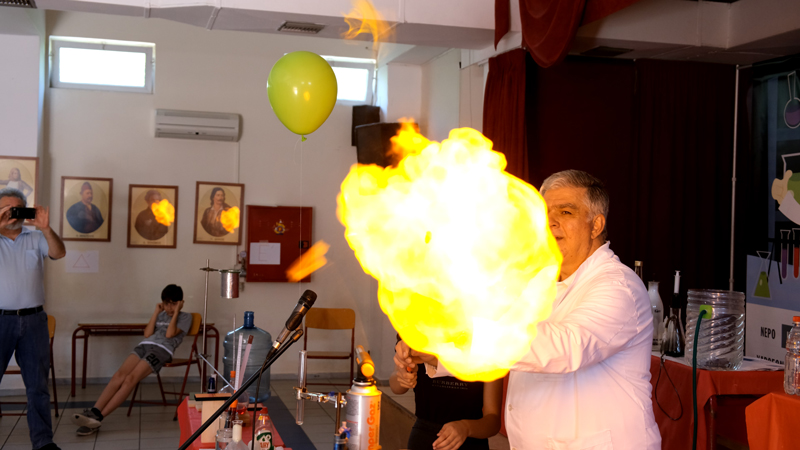
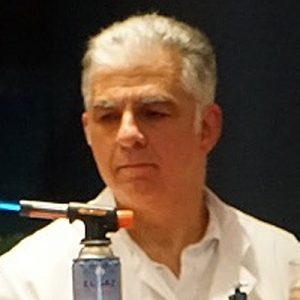
Dimitris Koniditsiotis is a Chemist and works in the Directorate of Health Control and Environmental Hygiene of the Region of Eastern Attica, while at the same time attending the E-learning Programme of the Centre for Education and Lifelong Learning of the University of Athens, on the subject of the EDUCATION OF PHYSICAL SCIENCE – CONCENTRAL CHILDREN'S PROVISIONS AND APPLICATIONS.
He is a member and scientific associate of the Association of Greek Physicists. He participates in the science communication team of Science Reactors and at the same time collaborates with educational institutions that promote Science in an experiential and recreational way.
Since May 2015 he has been working with the Association of Greek Physicists developing his own SCIENCE IS FUN program, an original educational action that presents the natural sciences through a series of attractive scientific experiments to students of all levels.
For example, within the framework of this program he presented the educational actions "AERAS ... A vast gas ocean... although invisible... sends his own messages" and "We see the light with ... other eyes" to elementary and high school students in 80 primary and secondary schools, with great success.







